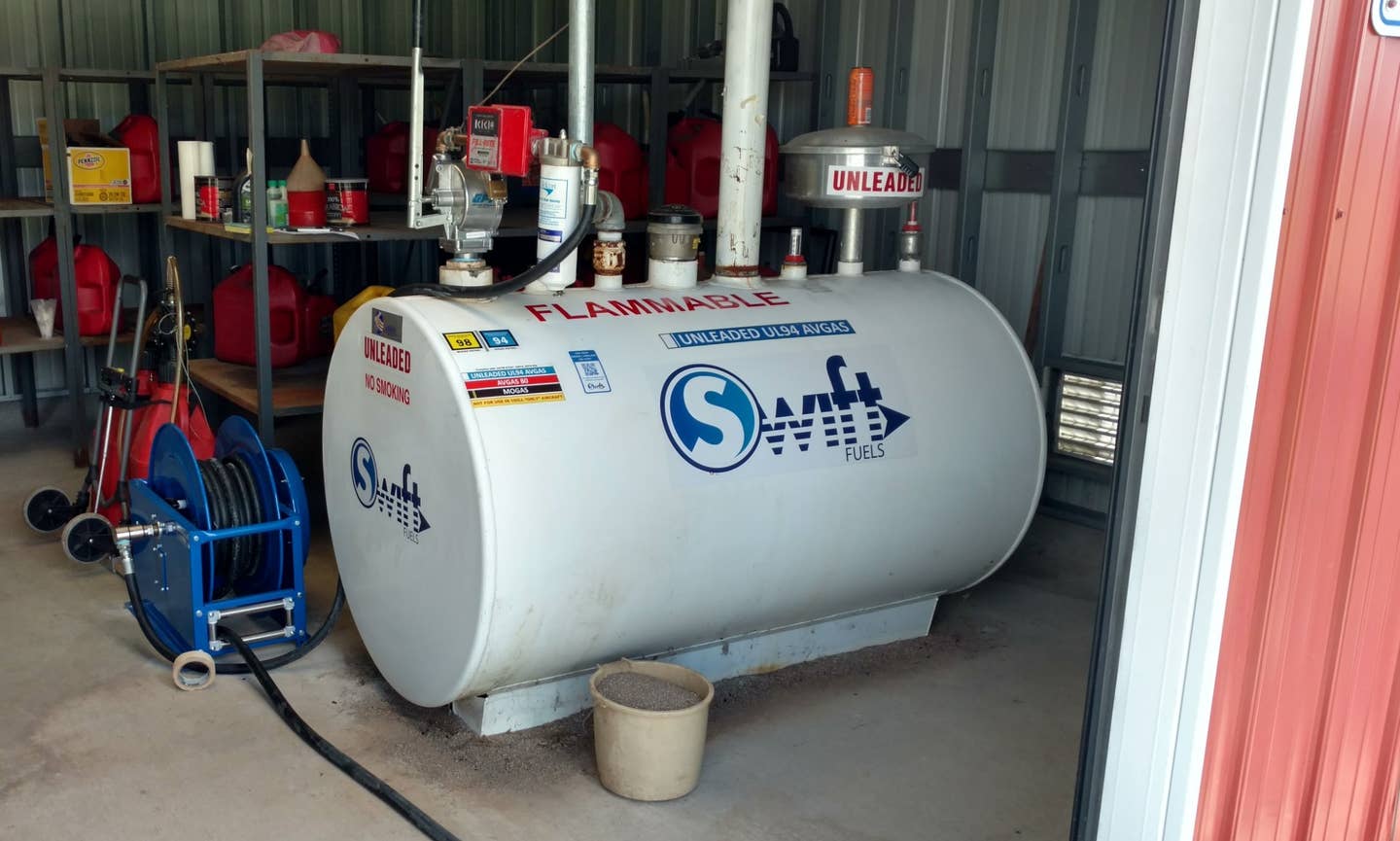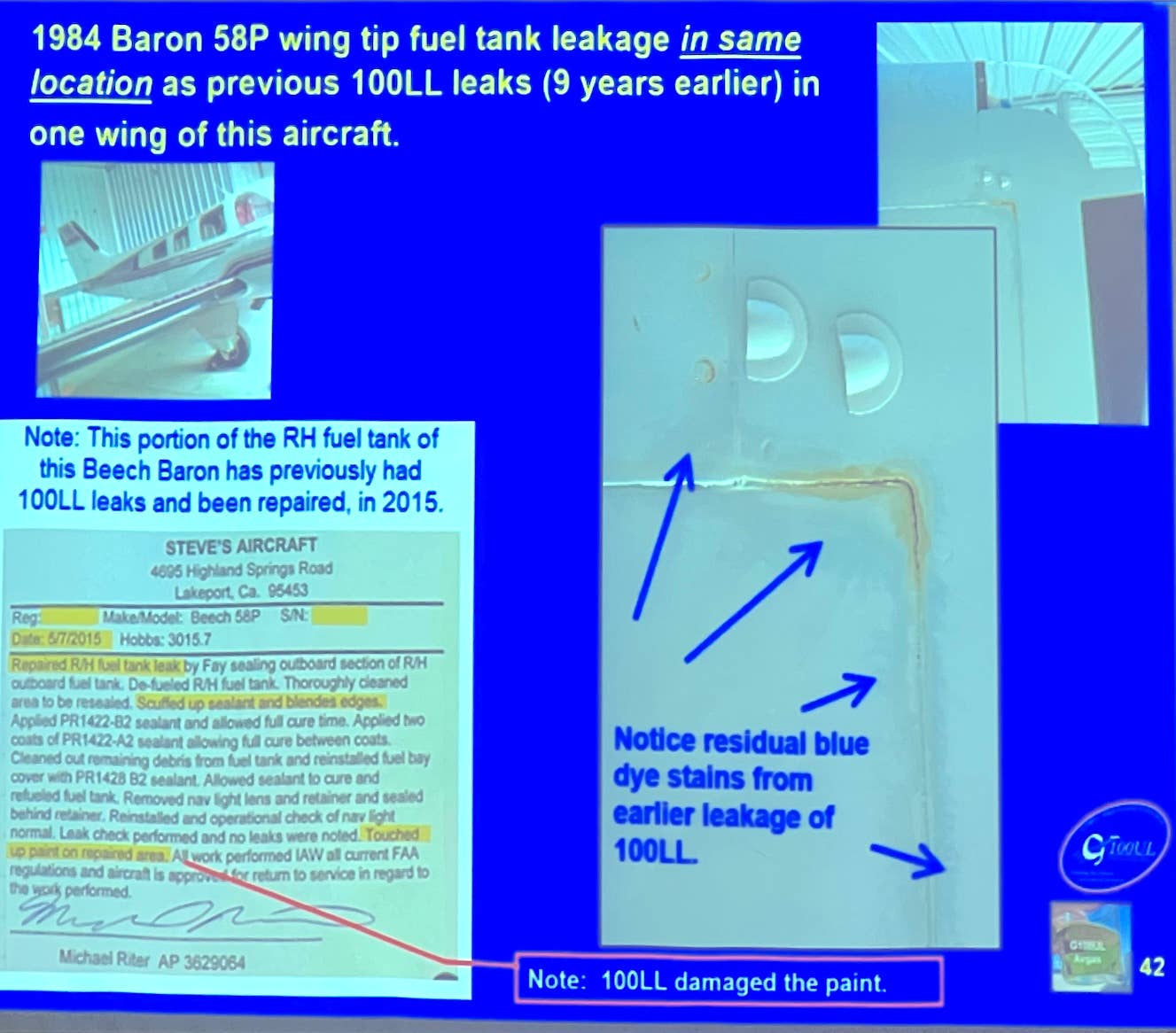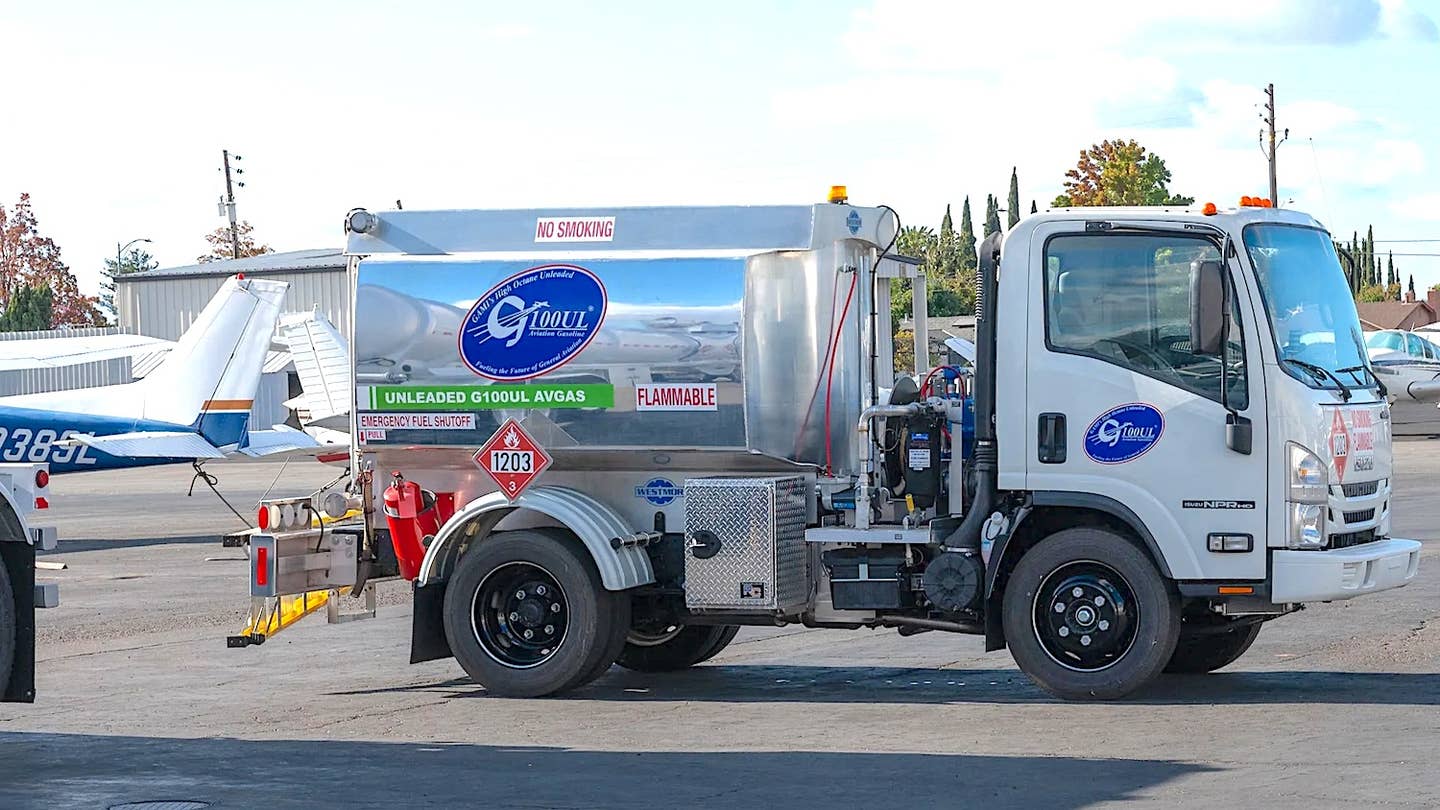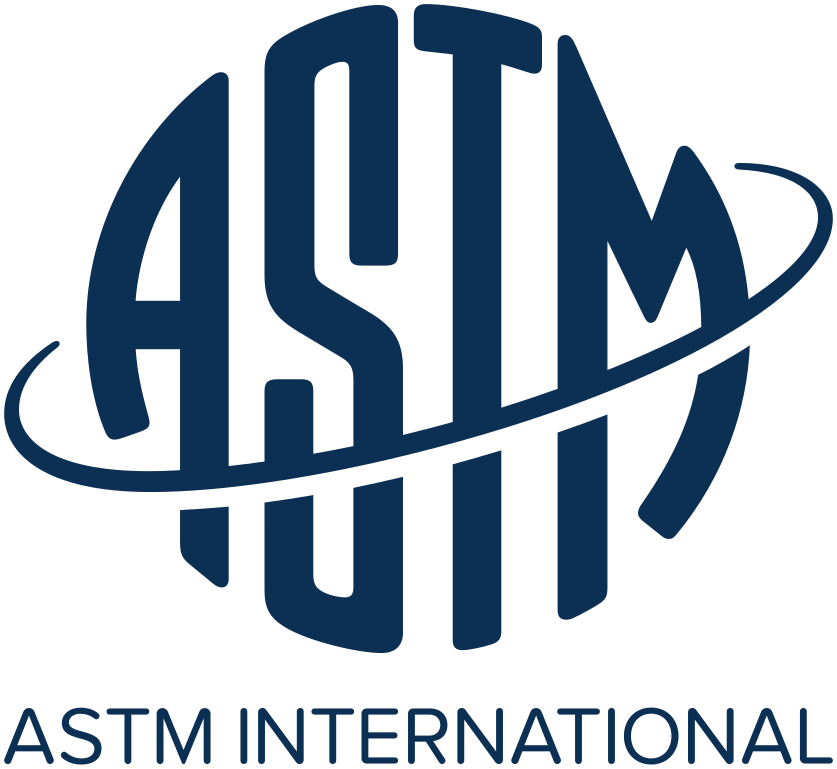Vacuum Pumps: Wet vs.Dry
With the ever-increasing use of single-engine aircraft for actual IFR flight, it’s more important than ever to understand and properly maintain the pneumatic system that operates the gyroscopic instruments. Recently in Light Plane Maintenance, Mike Berry discussed dry pumps, wet pumps, backup systems, and the value of proactive maintenance.
 Perhaps there can be some good to come out of the nearly hysterical news reports on high-profile fatalities in 2001, and that is to become totally aware of all the things you can do to be safer from a maintenance, training, and an optional-equipment perspective.
Perhaps there can be some good to come out of the nearly hysterical news reports on high-profile fatalities in 2001, and that is to become totally aware of all the things you can do to be safer from a maintenance, training, and an optional-equipment perspective.
The concepts of safe, legal, and smart also apply here, since aircraft operated under FAR 91 legally require no overhaul or replacement (except for AD-note compliance), but it's safe and smart to adhere to the replacement and maintenance schedules set up by the manufacturer.
In addition to regular maintenance of the pneumatic system, those who fly "hard IFR" in single-engine aircraft should invest in a backup pneumatic system, a low-vacuum/pressure warning system, or electrically powered gyros.
A total understanding of all installed systems in your plane can make or literally break you in an emergency. For example, a rate-based autopilot, such as a typical S-Tec unit, operates electrically and could save your tail under a total vacuum failure in the soup. That's part of total-aircraft system knowledge all pilots should be aware of.
Many pilots never bother with partial-panel training on a regular basis, yet this skill could save your life. Even learning how to integrate some common equipment into your bag of tricks should be learned (and practiced) before you have a failure. For example, portable GPS units have a reasonable DG function, but you must try it in training first to see if it can work for you.
Simulator tests done on a cross section of pilots revealed that slow or partial failures of the gyros often caused pilots to fail to recognize the problem and lose control. How likely is this to kill you?
AOPA Air Safety Foundation statistics show the fatal accident rate to be 32 fatal accidents out of 40 where the vacuum pump was implicated as a contributing factor during the period from 1983 through 1997. The NTSB, on the other hand, has reported an average of two fatal accidents per year over the last decade where vacuum failure was implicated.
Maintenance Issues
(Click on any photo for a larger version) | |
 | |
Tempest Dry Pump with Provision for a Wear Indicator Window | |
"Pumps don't get no respect," as comedian Rodney Dangerfield might say. Regular maintenance of the system is necessary, and during an annual inspection, this system should be carefully examined for the following:
- 1) Cleanliness around the pump (correct any fluid leaks);
- 2) A system operational check with gauge readings verified by a calibrated instrument and adjusted to the correct value;
- 3) Replacement of central air-filters at 500 hours or annually, and "garter" filters at 100 hours or annually, whichever comes first; and
- 4) Inspection for deteriorated hoses, loose fittings, and system component serviceability (e.g., check valves, and de-ice valves) according to airframe-manufacturer guidelines.
Replace the vacuum or pressure pump and drive couplings according to the pump manufacturer's schedule (1100 hours or 6 years, according to Airborne). Check with your mechanic on this, as the numbers change depending on the manufacturer and aircraft model.
A recent Cessna bulletin, SB 02-3, halves this recommended replacement hours for all Cessna products so equipped, but is not law, only a conservative recommendation. Record the vacuum/pressure readings on a regular basis and consult a mechanic for maintenance if any significant changes are observed.
Why Systems Fail
Premature failure of a pump for the most part comes down to three areas: that of poor or no maintenance, improper installation, and an adverse operating-environment (primarily one of excess heat).
Granted, there are some cases of infant mortality due to a bad pump, but most often it's an installation issue. That said, there have been cases of materials problems, such as an AD on Airborne pumps (98-23-01), and defective Rapco filters (AD 97-16-10).
The service life of pneumatic pumps can be greatly affected by leaks in the system, making the pump work harder (and heating the pump) to supply the proper vacuum/pressure.
Dirty or clogged filters (indicated by decreasing vacuum readings) also cause the pump to work harder, decreasing the life of the pump. Having a mechanic crank up the pressure via the pressure valve, without first determining the cause of the loss, is a common mistake that often only results in the quicker failure of the pump.
Fluid contamination is another cause of premature failure: Most vacuum pumps today are "dry" and rely on dry conditions for proper operation. Any oil residue, hydraulic fluid, fuel, or even soap and water during an engine wash will quickly destroy the internal components of a dry pump.
Foreign object damage is another "killer" of vacuum pumps, with small pieces of hose (or other foreign objects) that are drawn into a pump shutting the system down in short order. Old, hardened rubber hoses are prone to internal deterioration and should be replaced somewhere between the 5- and 10-year mark.
Other sources of foreign object damage are thread sealants, such as Teflon tape, or even pieces of check valves or failed instrument debris that seem to find a way into the system. Some pumps are designed to operate in only one direction and are manufactured to a specification requiring a specific volume.
The suffix "CW" or "CC" denotes the clockwise or counter-clockwise rotation of the pump as viewed from the rear of the pump. If the incorrect pump is installed and is operated in a reverse rotation, you will get shortened pump life and possibly insufficient volume to operate the gyroscopic instruments.
Check for the proper pump and install only the pump intended for use in your aircraft and engine; don't just replace a pump with the model of pump removed. If your aircraft has additional components such as de-ice boots, vacuum powered autopilot servos, or inflatable door seals, you may require a larger pump. These elements could be another reason for failure, either leaking components, or the installed pump is not correct.
Normal vacuum pump life is not an exact science, and it is very difficult to define a specific operating life. Some pumps may only last 500 hours, and the same pump in a different type of aircraft may last much longer.
If you have experienced one or more pump failures in a short period of time, then it is time for some serious troubleshooting before "throwing on another pump." (We strongly recommend against pump field-overhauls, such as just the carbon vanes, as much more is required, including post-repair testing, to get a reliable pump.)
Airborne has available for lease, loan, or purchase, a model 343 test kit that is very useful for troubleshooting and normal maintenance as well. This kit uses shop air for power so that you won't need to operate your engine for troubleshooting.
Ask your mechanic to use this kit to make sure your system is operating according to the specifications of the airframe manufacturer. Airborne can supply a data package on vacuum systems that is very informative and free for the asking. Unfortunately, Airborne has gotten out of the new vacuum-pump business from concern over liability issues — another casualty of our litigious society
Also check the fittings on the rear of the gyros, and even gyros for leaks. Gyro instruments can easily crack at the fitting where the vacuum line connects. Inserting mounting screws longer than the specified length (usually a maximum of 0.5 inches) into the gyros can crack or damage the gyro or the case, and can cause a leak as well. Take the time to check the entire system for leaks, as they can occur anywhere.
Any leaks, internal or otherwise, must be repaired to get the proper service life from your system. Also important is purging the vacuum system completely with clean air to remove any debris from failed pumps, instruments, or other foreign objects.
Use only clean dry air with no oil or liquids mixed in the "shop air." Cleanliness is a "must-have" issue here.
Replacement Pump Issues
Several enhancements to the manufacture and materials of vacuum/pressure systems have come about in recent years. Improvements such as additional cooling fins, improved materials, add-on supplemental cooling kits, and additional volume have made vacuum pumps more reliable and better able to withstand severe conditions.
However, this should not be used as an excuse to "defer" system maintenance. Tempest pumps made by Aero Accessories of North Carolina have incorporated a "wear indicator" in their pumps and are designed to be overhauled. The tempest pumps are available as new or overhauled exchange units.
Sigma Tek vacuum pumps also represent an improvement in design, with vanes made of a composite material rather than the carbon material used by the original equipment manufacturer. The composite vanes have not shown any increased tolerance to foreign object damage better than do the plain carbon vanes, but can be operated in either direction without a reduction in service life or output volume. (By the way, pulling a prop through backwards will not hurt a dry pump.)
Rapco also makes new pumps as well as offering overhauled pumps and pump overhaul-kits for sale. However, it's important to understand the basic pump designs before progressing onto the subject of overhauled pumps.
Rapco also has a cooling shroud retrofit kit available, which is quite low priced, and has proven to significantly reduce excess pump heat. If you have no current means of pump cooling, this kit is highly recommended.
The Dry Vacuum Pump
Whether used in a vacuum (suck) or pressure (blow) mode, the accessory section of the engine generally drives the pump. The direction of rotation could be either counter-clockwise or clockwise depending on the engine and application. The target operating value of a typical 200-series pump is 5 in. of mercury.
There is an inner and outer shaft and receptacle arrangement for drive of the pump. A provision is made for a shear out of the shaft prior to damage of either the engine or the pump should an internal failure of the pump occur.
The actual pump shaft is attached to a rotating cylinder to which are attached a series of vanes. Rotating vanes are kept firm against the stationary barrel by centrifugal force.
These vanes "float" at precise angles and ride against the stationary barrel of the pump housing. The vanes were initially made of carbon and were designed to wear as well as to be self-lubricating with (dry) carbon dust. Improvements in materials have seen a change from the carbon material to a more favorable composite material, but "lubrication" is still provided by dust.
The vanes of the carbon type are very delicate and could not withstand such problems as foreign object ingestion, continued reverse rotation, or lack of proper (dry) lubrication when subjected to fluids such as motor oil, etc.
Also, the leading edges of carbon vanes, particularly, became chipped with age (or continued reverse rotation) and that compromised the pump and reduced overall efficiency. A chipped or worn vane will cause the angle at which the vanes meet the barrel to change, adding to the accelerated wear problem, generating additional heat, and causing a fairly quick failure.
The stationary barrel is made of aluminum and coated with a synthetic material to enhance the service life of a plain, soft, aluminum surface, and provide a smooth, clean surface for the vane to operate on. This is one of the principal reasons why field-overhauled pumps do not last: The coating is not properly removed and replaced during the overhaul.
The assembly clearances between the end of the stationary barrel and the rotating shaft/vane assembly must be very "tight" and typically only allows a 0.002-in. fit to provide the necessary output volume. The angle and fit of the vanes when riding on the stationary barrel must be carefully controlled to provide for the optimum service life, yet offer the full volume at which the pump is expected to operate.
After the manufacturing or overhaul, an important step is to verify on a test stand that the pump is operating correctly and within the volume requirements of the model of pump being tested. Without this "test," no assurance can be made that the pump is operating at the designed capacity.
While on the subject of overhauled pumps, overhauling a pneumatic pump is not a job for an aircraft owner. Some pumps were never intended to be overhauled; however, some are successfully overhauled using exacting procedures and specifications and thorough testing (off the aircraft) to be sure the pump is providing full volume after overhaul. Most A&Ps (and owners) do not have the equipment or test facility to properly overhaul and test a pump, thereby compromising the reliability of the pump we must depend on.
If you are intent on purchasing or exchanging an overhauled pump, buy from a reputable firm with a real, usable warranty. As the saying goes: You get what you pay for. Serious IFR flyers should consider choosing from a variety of (generally more reliable) new pumps, some only slightly higher in price than an overhaul/exchange unit — at least in the popular 200 series.
For twins, the overhaul issue makes more sense price-wise, amounting to several hundred dollars for a 400-series unit. Just be sure it's top quality and completely tested and guaranteed.
Wet Style Pumps
While somewhat rare now, wet (oil-lubricated) vacuum pumps are generally more reliable, but slightly heavier than the original, dry vacuum pumps. These oil-lubricated pumps (standard equipment on planes of the 50s and early 60s) usually operated to the TBO of the engine and rarely failed.
Since the internal rotating parts were lubricated and cooled by engine oil, the issue of failure due to accelerated wear from contamination (such as dry pumps experience) was (at least conceptually) nonexistent. However, these pumps were not without problems, such as oil mist being a byproduct of the pressure air exhausted.
This required an air-oil separator (not always totally successful), unless you were willing to put up with a slick, oily belly. Occasionally, these units leaked or seeped oil as a result of hardened gaskets, or other issues making for a messy engine compartment.
While failures rarely occurred, failures have been on the increase, primarily as a result of age in years since overhaul, the lack of regular oil changes (dirty oil), and infrequent operation of the aircraft and engine. These pumps and vanes are made of steel, and do corrode and rust, as does the engine from infrequent operations.
If contemplating an exchange from a dry pump to a wet pump, you should involve a mechanic, as most recently produced aircraft were not certified with a wet pump, and may require a field approval. Conversely, if your aircraft was certified for use with a wet pump and has a dry pump (and you want to switch back to the wet pump), you would most likely need an air/oil separator or live with a messy oil mist on your aircraft.
Pressure-type systems cannot use a wet pump since the pressure design would contaminate the filters with oil. Similarly, systems with de-ice boots cannot use a wet pump system due to oil contamination issues with the rubber boots.
Investigate all the issues before proceeding to convert back to the wet-style pump. When converting from a wet-style pump to a dry pump, some aircraft manufacturers specify kits to use in the conversion from wet to dry. They are usually in the form of a service bulletin or letter and spell out the proper type of dry pump to use, and the proper way to reconfigure the air/oil separator and crankcase breather.
Crankcase vents and breathers were often tied into the wet pump discharge at the air/oil separator, so it's important to arrange the crankcase vent and air-oil system properly after a wet pump is removed.
Backup Systems
First and foremost to consider is a timely warning of a vacuum-pump failure. Gauges are not always easy to read or well placed in the panel for that matter. For this reason, they are not kept in a frequent scan-pattern during IFR flight. Low-vacuum warning flags in gyro instruments are now available when purchasing new gyros.
A low-vacuum indicator switch and light is also available from Precise Flight for low cost ($64, or about $300 installed) that will warn instantly of low vacuum- or system-pressure. Properly operating gyros with correct system pressure/vacuum will only operate to a maximum of 2 to 3 minutes before they become unreliable after a low-pressure/vacuum condition.
Unfortunately, gyros do not die quickly but linger on enough for an unsuspecting pilot to follow the incorrect information, spiraling into the earth. Knowing instantly when a malfunction occurs and taking immediate action can often make all the difference.
Changing altitudes, finding a clear area between layers, descending or diverting to VFR weather, declaring an emergency and asking for assistance from ATC are all options to consider that a quickly recognized warning will make things easier to deal with.
Several backup pneumatic-systems are available at reasonable costs. For example, a manifold vacuum-system is available from Precise Flight (below $1,000 installed). With all the different options installed on most aircraft, it's important to review your requirements carefully before proceeding with a purchase of a standby system.
The standby manifold-vacuum system, for instance, works well below about 8,000 feet MSL, but less so as altitude increases, since it depends on a manifold-pressure differential to work. The performance of your aircraft and the areas you operate in are a major consideration with this setup.
The Precise Flight manifold vacuum system is only intended to power two gyro instruments on an emergency basis, with some adjustments (reduction) of engine power to create the necessary manifold vacuum. This system works well if the pilot understands the limitations of the system and uses it for the purpose intended: to divert the flight to VFR weather.
Standby vacuum-systems are just what the name implies, a backup, and are not intended to be used in place of the normal system. Don't be foolish and attempt to depart IFR with a standby system as the primary means of vacuum or pressure power.
It sounds crazy that anyone would attempt to do this, but yes, it has happened — with tragic results. Check with your mechanic as to the options available and prices for your specific aircraft needs.
There are also electrically powered standby vacuum motor/pumps that will operate with the same volume as the failed primary vacuum pump. The Aerosafe Guardian system is one popular example. Installed prices are approximately $2000. There is a great deal of info at their web site.
Check the data carefully to verify that the electric-motor/pump standby system will power your additional equipment, such as de-ice boots, autopilot servos, and door seals. Electrically operated gyros are an option that should be considered, but also realize that electrical systems sometimes do fail.
With electrically powered gyros (or standby electric-motor/pumps for that matter) you could end up with a more serious emergency (no radios, lighting, or gyros) than just a pneumatic system failure. There are also completely self-powered (own battery) electrical gyro instruments, but the cost is prohibitive at over $5000.
Some autopilots are also dependent on pneumatic "power" to operate, so this should be taken into consideration when faced with a pneumatic failure or when purchasing or installing a backup vacuum system. System demands vary, and some backup pneumatic systems may only produce enough volume to power two gyros, not de-ice boots, pneumatic door seals, or autopilot servos.
If you own or install a backup system, make certain you know how to operate the system and verify (in VFR weather) that the backup system does in fact work. Finally, do not continue to operate an aircraft or take off even VFR with a failed system.
Should a pneumatic system fail when operating day VFR, it may not be an emergency, however; act responsibly, land, and have the problem corrected. Expensive gyroscopic instruments can be damaged if they are "spun down" or stopped and are subjected to shock damage from rough air, or even rough runway surfaces; restore the pneumatic system before operating the aircraft again to protect gyros.
Conclusion
Flying single-engine IFR can be done safely (as far as vacuum pumps are concerned) if proper procedures are followed, and you are thoroughly familiar with what to do when a pneumatic-system failure does occur. Practice using partial panel to control your aircraft, purchase a standby vacuum system, and at the least install a low-vacuum or low-pressure warning indicator.
Enjoy your flying, keep it safe, and follow established practices both in maintaining your vacuum system and flying your aircraft responsibly when experiencing a vacuum-system failure. One additional important thing you can do is practice with a simulator that can provide partial gyro-system failures, so you can see how well you can recognize failing gyros that still give (false) indications. It can be an eye-opening experience.














